Stick Insects (Phasmids) - BEST
Bioscience, Environmental Science, Sustainability & Technology

Stick Insects (Phasmids) - BEST
Bioscience, Environmental Science, Sustainability & Technology
As you walk past our BEST labs (B2) you will see our display of stick insects (also known as phasmids or leaf insects). You will need to look carefully as they are hard to spot! At various stages of their lifecycle, they will blend well with the leaves and branches of a gum tree. They will often appear to be hanging motionless; however, if you look carefully, you will often see some slight movements as they mimic the sway of branches in the wind.
In our enclosure we have two types of sticks insects:
Spiny Stick Insects – When fully grown they have a brown leafy appearance, which allows them to blend very well with dried foliage in gum trees.
Goliath Stick Insects – The Goliath Stick Insects we have at the moment are at the stage in their life cycle where they are long, brown, and skinny (very well disguised as sticks). As they mature, they will shed their exoskeletons several times and become much larger and bright green (well disguised amongst the leaves).
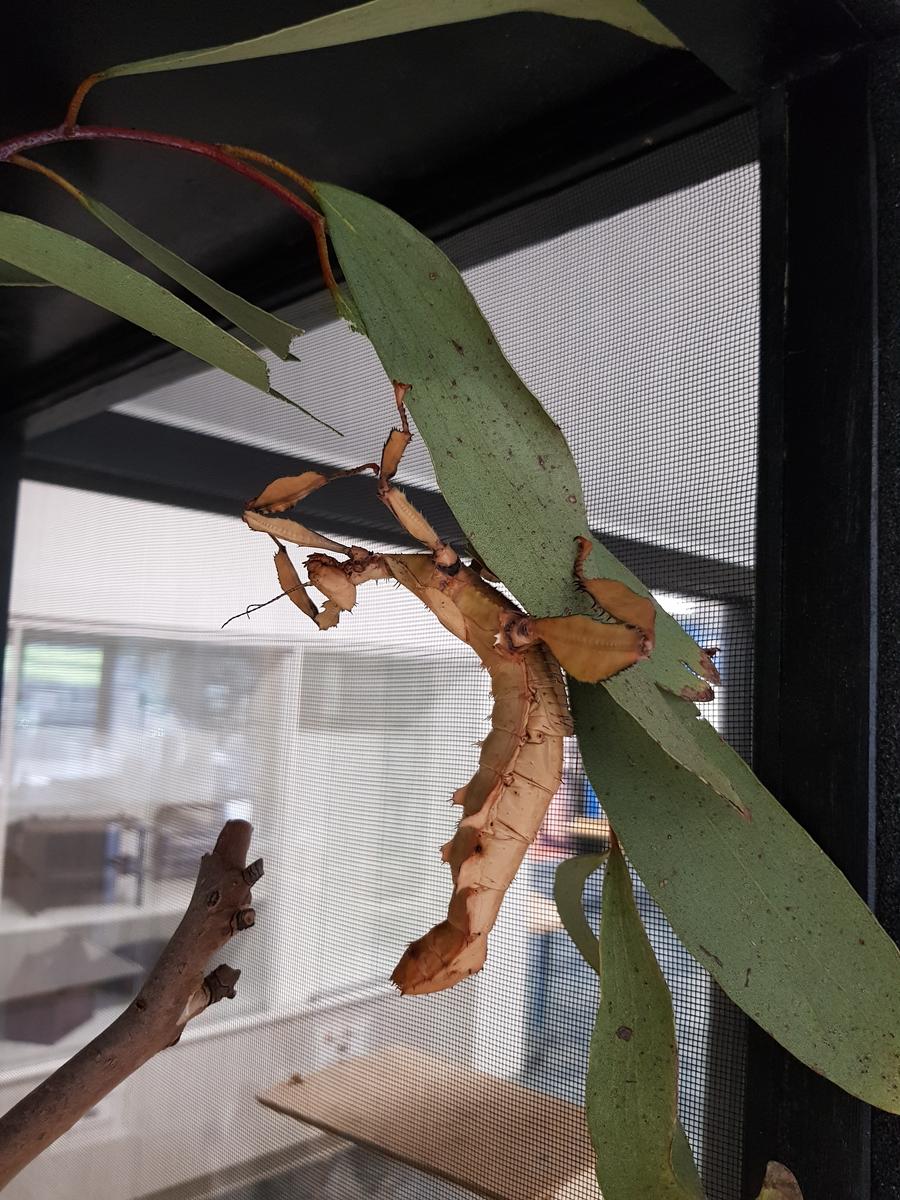
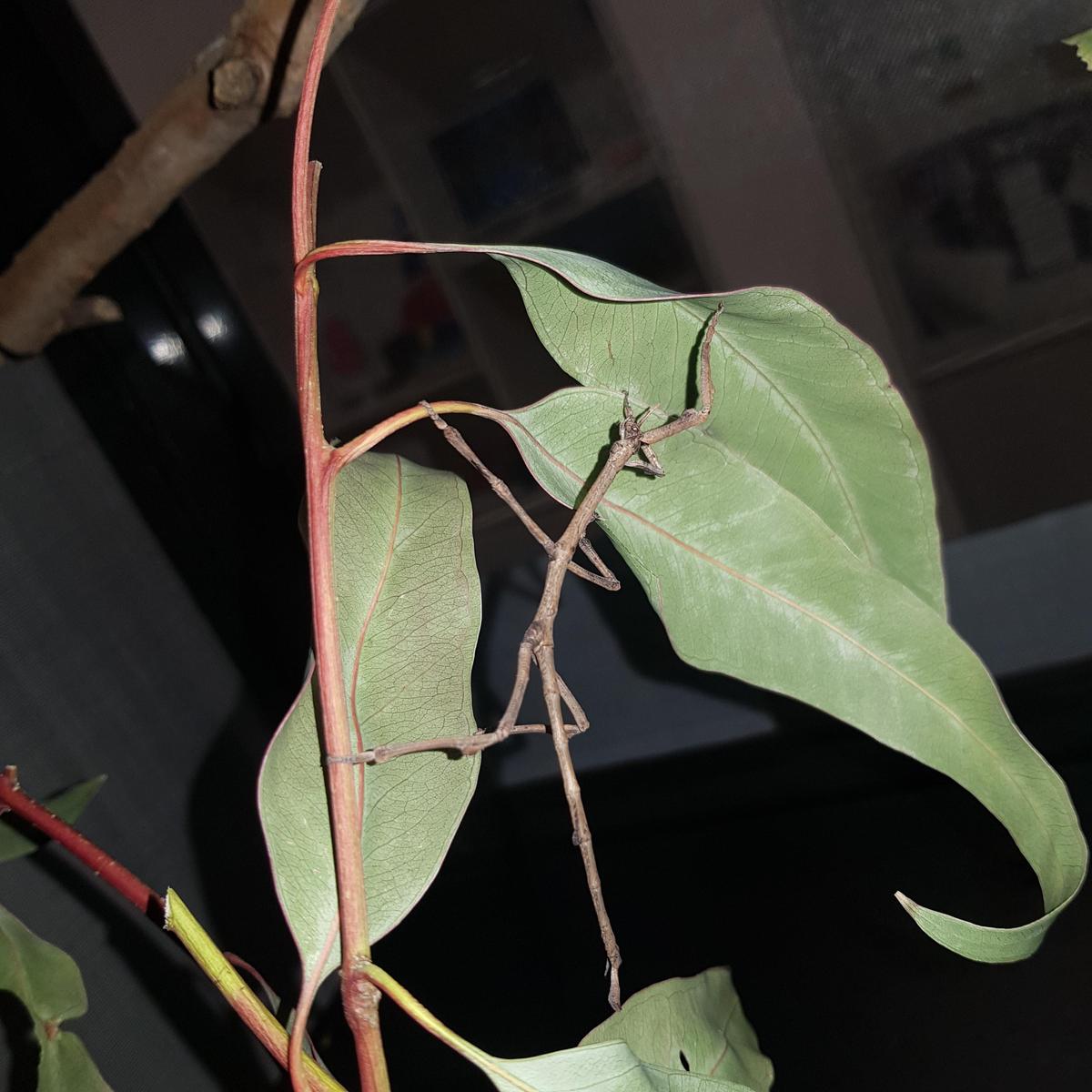


Since our Spiny Stick Insects have been at the college, we have been collecting the eggs that they have laid, and we are very excited to announce that some have finally hatched. Currently we have four babies (called nymphs), which initially appear like skinny ants. All are growing quickly, and they have started feeding well on their diet of gum leaves.
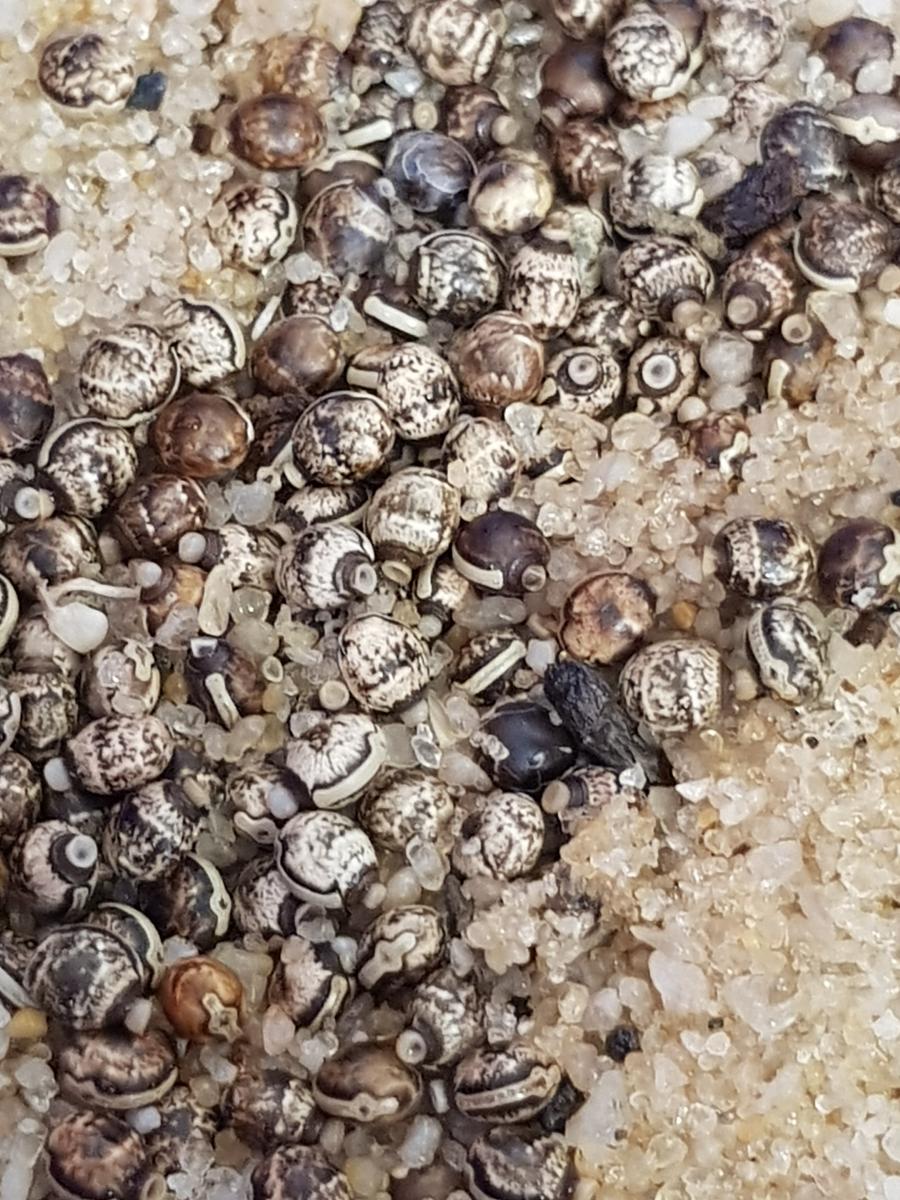
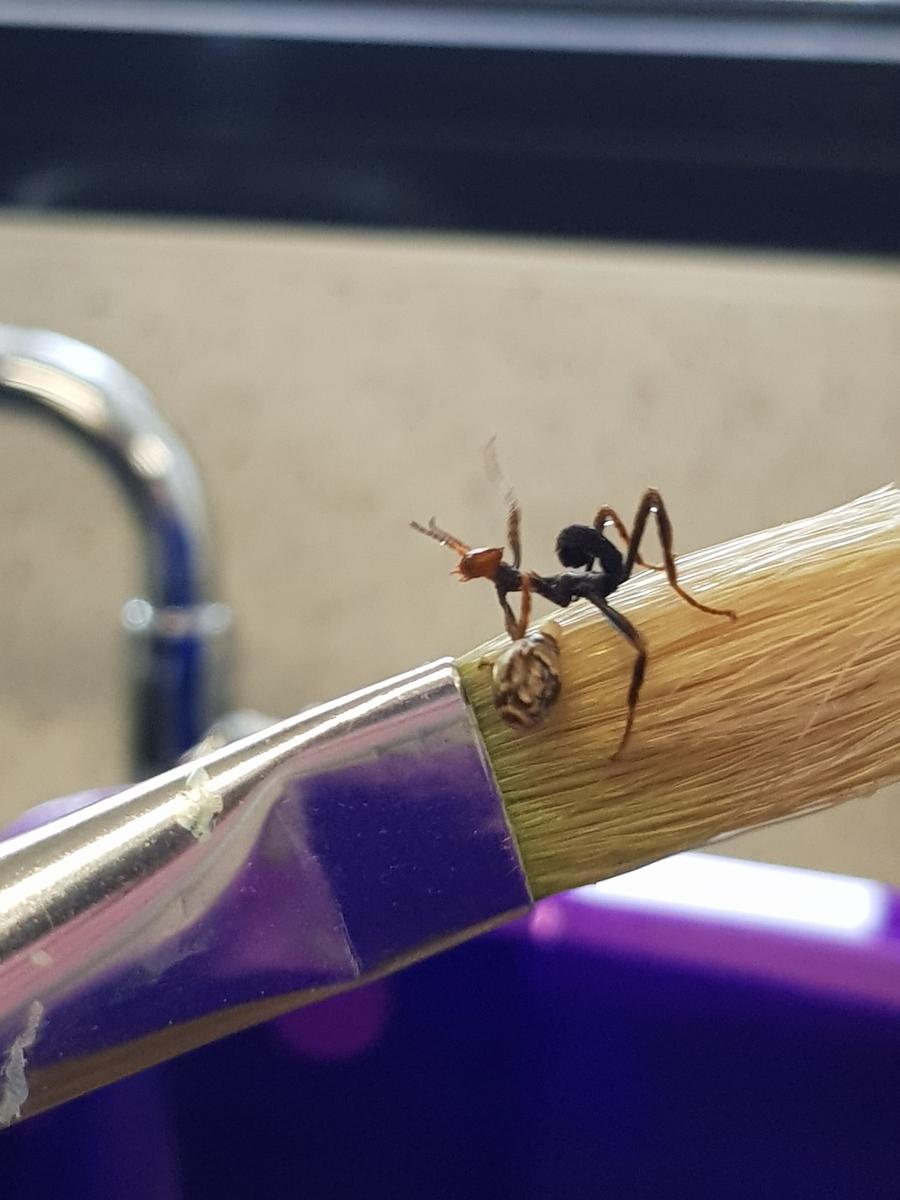
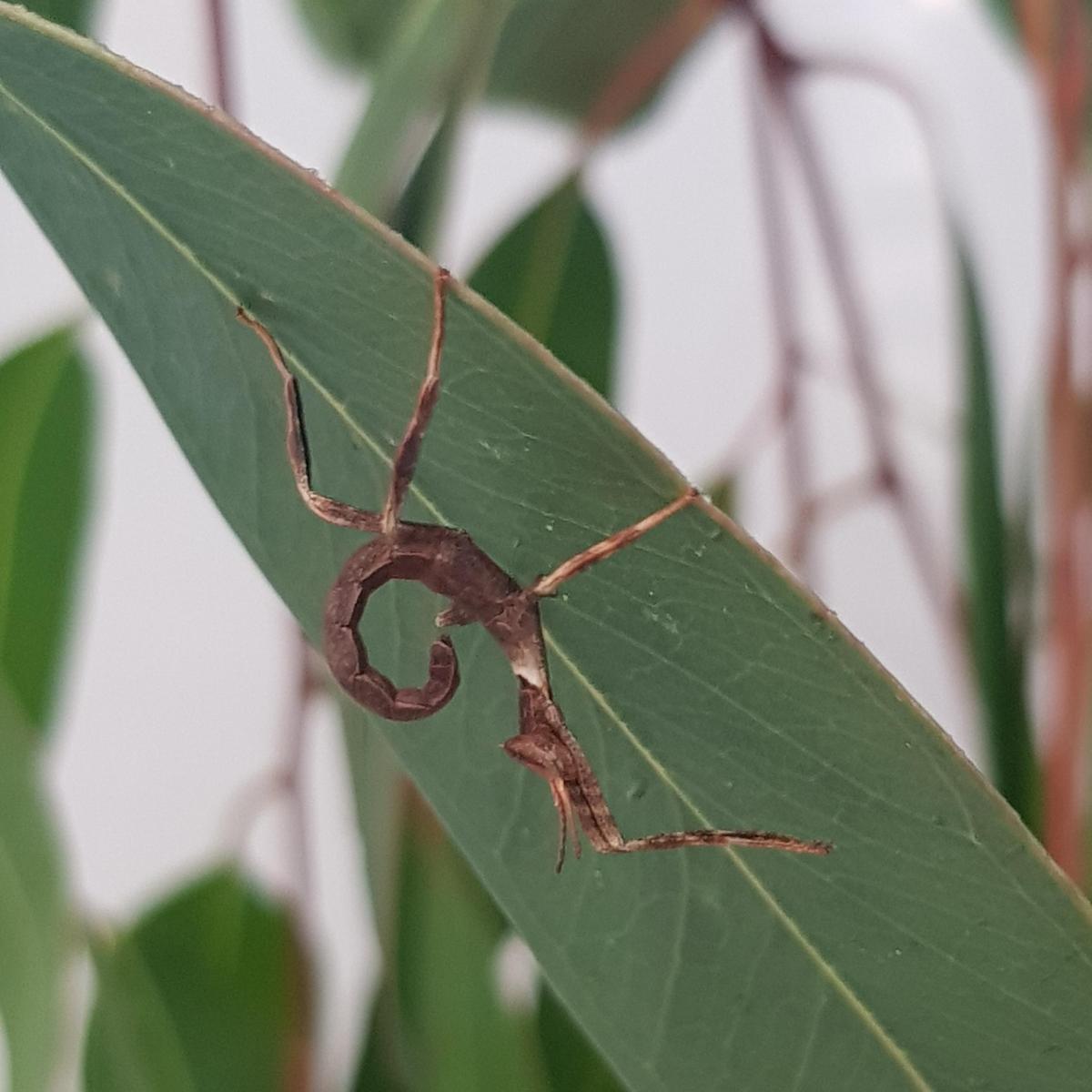



Our stick insects have offered a fantastic case study for our Unit 2 Biology class who are studying the advantages and disadvantages of asexual reproduction. Stick insects are particularly interesting as they are able to reproduce by parthenogenesis, which means that females are able to reproduce without mating with a male. These females lay many eggs, which they flick with their tails to the forest floor (or bottom of the cage). The eggs that hatch will all be identical copies of herself (clones) and is a great example of how an animal who is often isolated in trees uses asexual reproduction as an adaptation for survival.
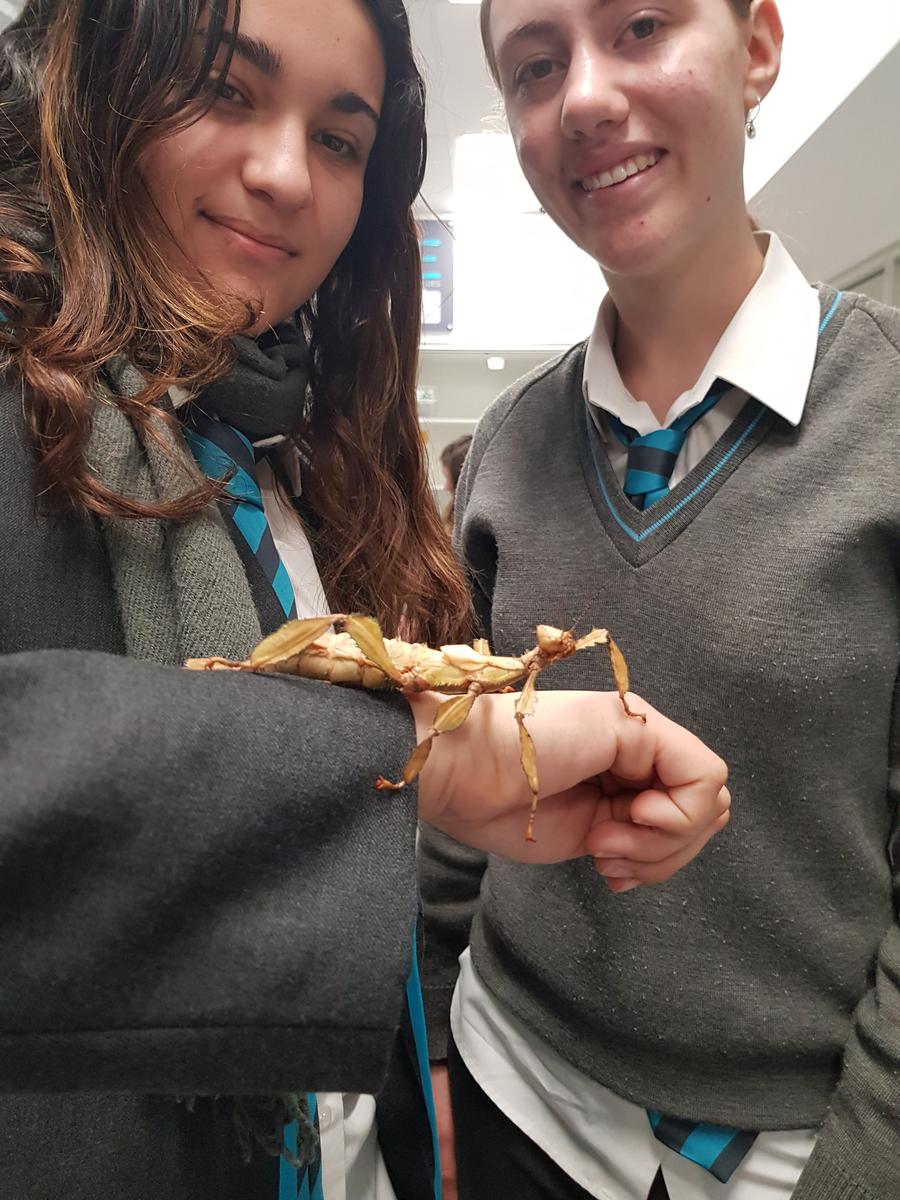
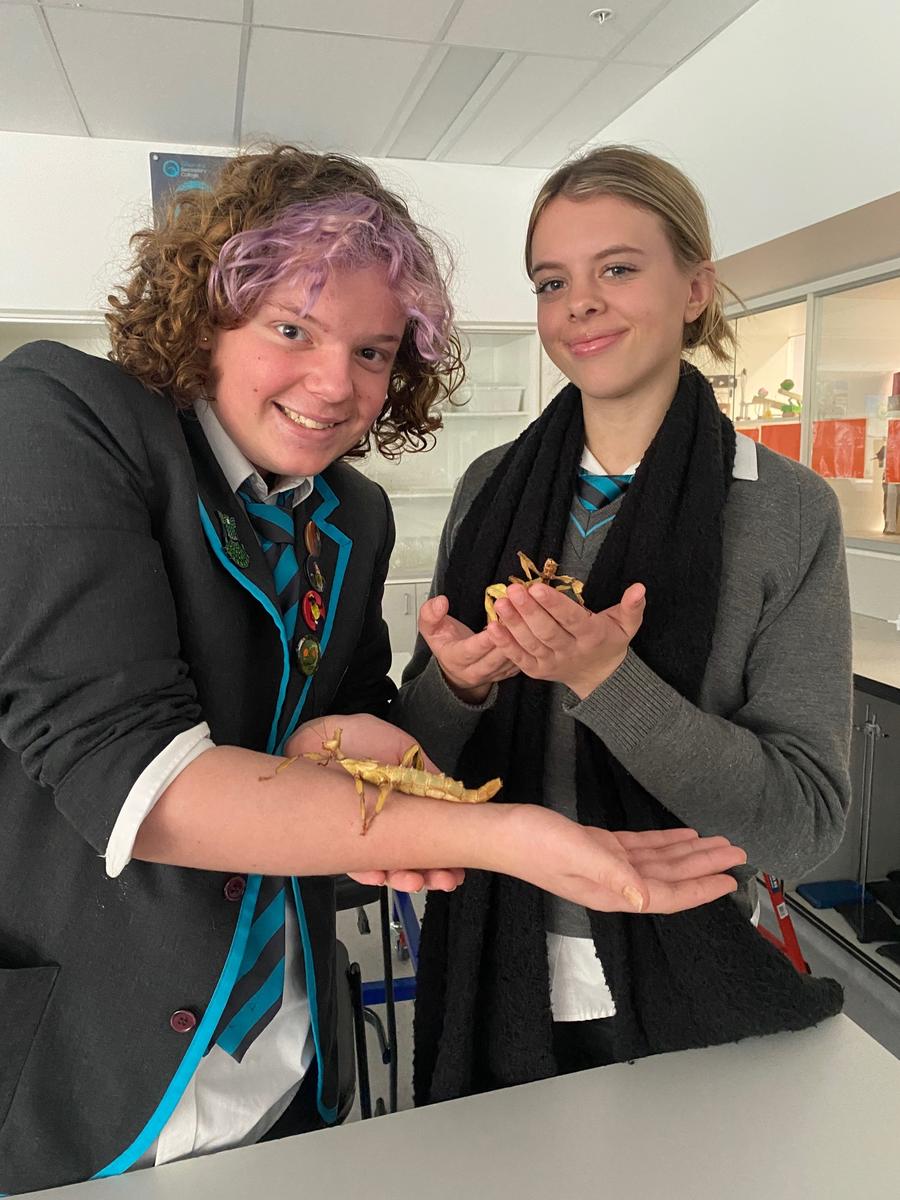


Mr Steve Seddon
Teacher

